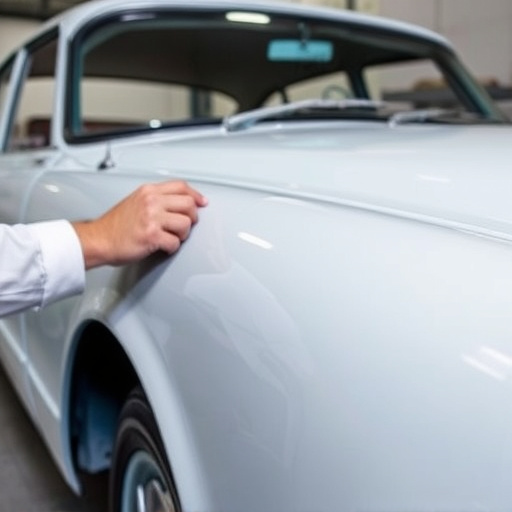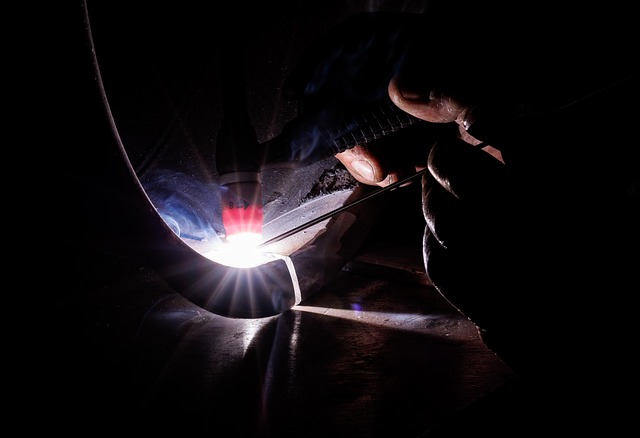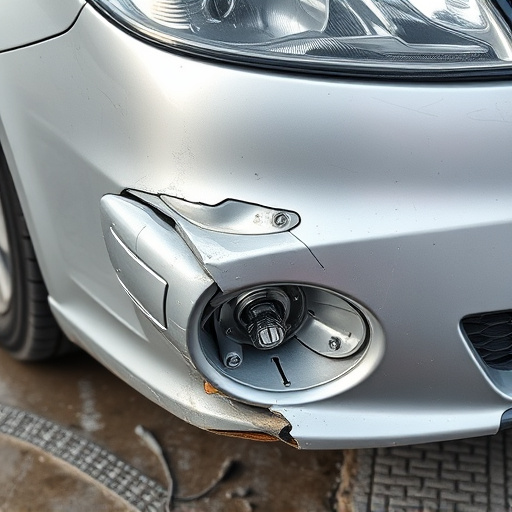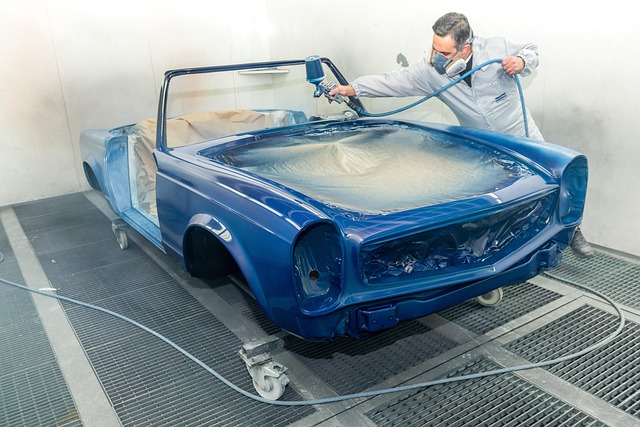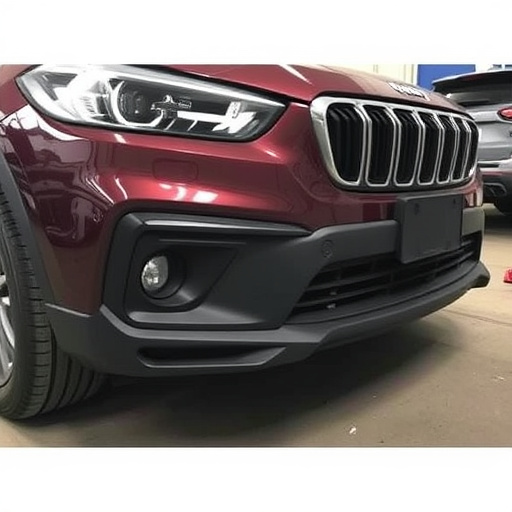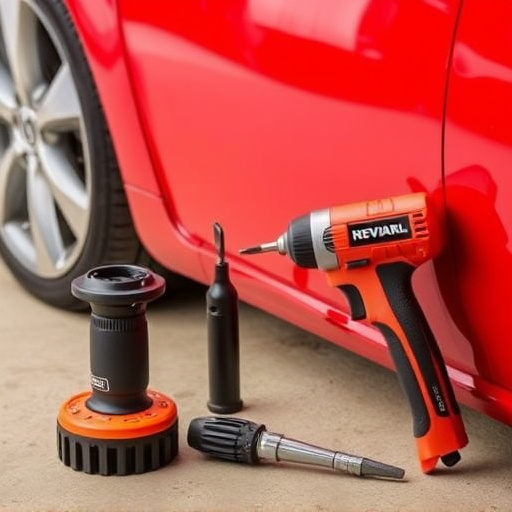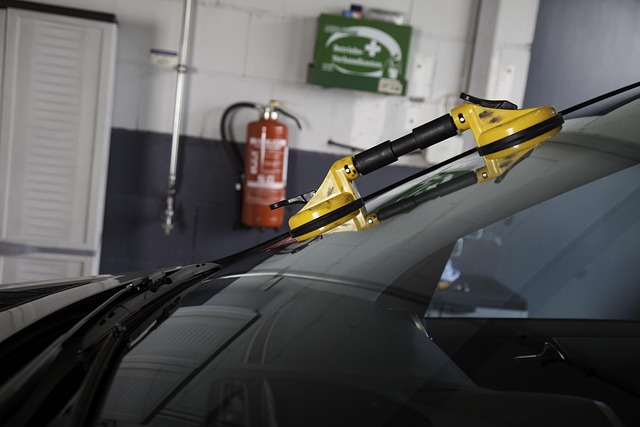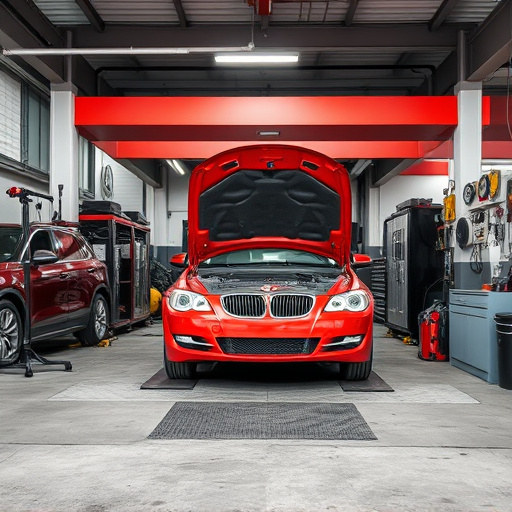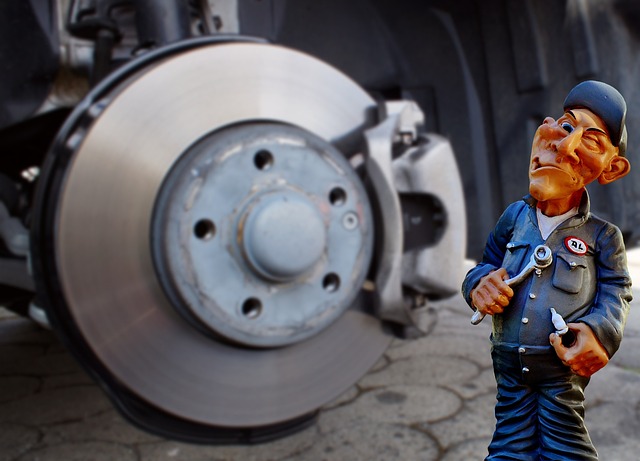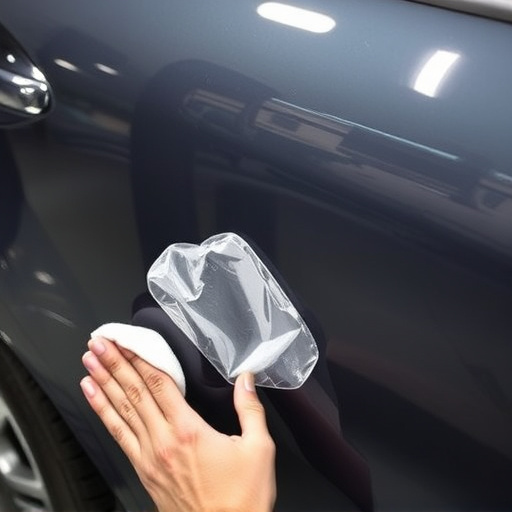Automotive refinishing quality depends on high-quality base materials and meticulous preparation. Using reputable products, adhering to industry standards, and performing thorough surface cleaning, sanding, dent removal, and filling ensure compatibility between primer, paint, and clear coat for a long-lasting finish. Surface prep involves cleaning, decontaminating, sanding, and priming to create a smooth base, enhancing adhesion and final appearance. Skilled technicians assess damage, select techniques (e.g., sandboxing, priming), and layer coatings for flawless results, protecting the car with durable protection.
Discover the secrets behind achieving a lasting, superior finish in automotive refinishing. In this comprehensive guide, we explore the critical factors ensuring your vehicle’s repaint or restoration stands the test of time. From understanding the essential components for durability to mastering surface preparation and selecting the right techniques, each step plays a pivotal role. Learn how to create a pristine, long-lasting automotive refinish that rivals factory-fresh finishes.
- Understanding the Key Components of Durability
- Surface Preparation: The Foundation of Quality Finish
- Choosing the Right Techniques for Optimal Results
Understanding the Key Components of Durability

The durability of an automotive refinishing finish is a complex interplay of several key components. First and foremost, the quality of the base materials used plays a significant role. This includes the type of primer, paint, and clear coat selected, as well as their compatibility with each other. In an auto body shop, ensuring these products are from reputable manufacturers who adhere to strict industry standards is essential for longevity.
Additionally, proper preparation prior to applying any finish is crucial. This involves meticulous surface cleaning, sanding, and filling to create a smooth base. Efficient dent removal techniques contribute to achieving a seamless finish, preventing future imperfections that could compromise durability. Collision repair processes, when executed correctly, lay the groundwork for a robust and long-lasting automotive refinishing job.
Surface Preparation: The Foundation of Quality Finish

In automotive refinishing, the foundation of a great finish lies in meticulous surface preparation. Before applying any coat, it’s crucial to thoroughly clean and decontaminate the car’s surface. This involves removing all dirt, grease, wax, and previous sealants, as well as addressing any defects like scratches or dents. A smooth base is essential for achieving a professional, long-lasting finish.
Proper surface preparation also includes sanding and priming. Removing the existing paint layer down to a smooth, clean surface ensures better adhesion for new coatings. Primers act as a bonding agent between the car’s metal and the topcoat, filling in imperfections and providing an even base. This meticulous process is often undertaken at reputable collision centers or auto body services, where trained professionals utilize specialized tools and materials to guarantee optimal results in automotive refinishing.
Choosing the Right Techniques for Optimal Results

In automotive refinishing, the journey towards a flawless finish begins with meticulous preparation and the strategic selection of techniques. For optimal results, understanding the unique needs of each car body is paramount. A skilled technician must assess factors like damage extent (from minor scratches to major dents), paint condition, and the desired final appearance – whether it’s a smooth base coat, a glossy top layer, or a matte finish.
The right techniques can transform a damaged car body into a sleek, pristine surface. This involves a combination of sandboxing for rough spots, priming to ensure even application, and careful layering of paint. For complex repairs like car collision repair, specialized tools and methods may be required. A reputable car repair shop will employ these techniques, ensuring the finish not only looks great but also stands the test of time, protecting the car’s soul through a durable, protective layer.
A great automotive refinishing finish endures the test of time, weathering traffic, sunlight, and everyday wear. Achieving this longevity hinges on three key factors: understanding the science behind durability, meticulously preparing the car’s surface, and selecting the right techniques for the job. By combining these essential elements, auto enthusiasts can ensure their vehicles not only look pristine but also maintain that gleam for years to come, showcasing the true art of automotive refinishing.
